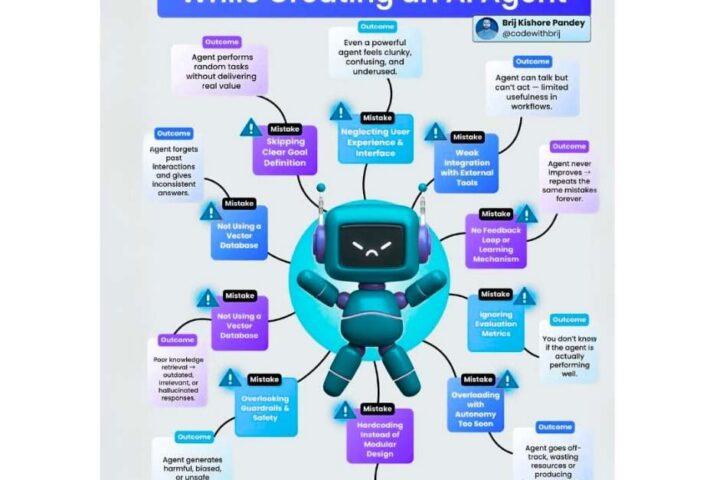High converting websites are a business priority these days. Modern consumers are comfortable conducting online research before speaking to sales teams. As a result, your business’ website is a central pillar of your sales and marketing strategies.
While designing a high-converting website might seem intimidating, the truth is that all great websites share a few common threads. Incorporating them into your existing website or new design is sure to generate leads and sales.
Here are 4 common factors all high converting websites share.
Intuitively Designed Pages
Design plays an important role in website creation. Design is more than choosing the right colors or the font your prospects will love. It’s about placing web assets in the right spots and conveying the information to your prospect in the correct manner.
For instance, product pages are where most of your leads are captured. Many companies’ product pages dive deeply into their products but leave little room for customer issues. Beginning with the biggest pain points customers face and connecting them to business metrics that your product solves is the best way to convert visitors into leads.
Another misused portion of many business websites is the contact area. Most businesses never seriously look at how to create a converting contact us page and simply load preset form templates. Visitors to your contact page are seeking to gain more information about your company and products. Therefore, they’re an extremely valuable prospect.
Make sure the page is accessible and intuitive to use. Always test various design options before choosing a final version. The best contact pages use CTAs to draw attention to customer issues. Needless to say, testing these CTAs extensively is extremely important.
Great Website Flow
A visitor to your website should be treated as someone who has entered your shop in the physical world. Observe a successful retail outlet, and you’ll notice many design aspects that guide customers down paths to products they’ll likely love.
A website works the same way. Your visitors should be guided down paths that allow them to select their experience. For instance, a visitor looking to merely gather information about your industry can navigate to your resource center and take what they need. Someone interested in exploring your products can visit your product pages easily and learn more.
Website flow is a behind-the-scenes process that involves everything from page structure to user search intent. It’s an iterative process that measures user activity and enhances design based on analysis of that activity.
Examine the way you’ve linked your pages. For instance, are you leaving links for blog readers to learn more about your products? Are you guiding them towards useful resources if they wish to learn more? These seemingly little design aspects make a huge difference in funneling interested prospects towards purchases.
Tell a Cohesive Story
Every product, whether B2C or B2B, has a great story behind it. Human beings are hardwired to respond to stories and it should come as no surprise that highly converting websites tell great narratives. You don’t have to create the next bestseller.
However, your brand and products’ story must be apparent on the page. A great way to frame your narrative is to talk about your prospects’ issues and connect that to a product feature. This communicates your intent behind creating a particular feature and the story behind your choice.
When telling your story, make sure you use the appropriate copy. Do not overload your copy with jargon more than necessary. When in doubt, always reduce jargon. Your website will attract a wide range of visitors, and you must speak to all of them.
For instance, if you’re selling an extremely technical product, you must decide which pages will contain technical information and which ones will speak to a business audience. Loading every page with excessive technical jargon only turns business users away and reduces website conversions.
Social Proof
Human beings are social creatures. The more someone vouches for your product, the more likely it is that someone will trust you. Testimonials and product reviews are excellent resources you must leverage to drive conversions.
Many websites get social proof wrong by using paid testimonials or using fake ones. This is a bad move since it destroys trust if you’re ever found out. Instead, leverage free trials or discounts in exchange for testimonials. You’ll earn less money in the short run, but the social proof those reviews will generate will skyrocket your conversions and growth.
Make sure to use your testimonials on social media pages as well to drive traffic. You can repurpose user testimonials in different formats by creating case studies or videos to drive additional traffic to your product pages.
Many Elements, One Goal
Conversions are the lifeblood of any business website. As long as your product solves potential customer problems and gives users the opportunity to buy your product, you can manage to increase conversions. Follow these four simple tips to make sure your website is constantly turning the majority of your visitors into customers.









